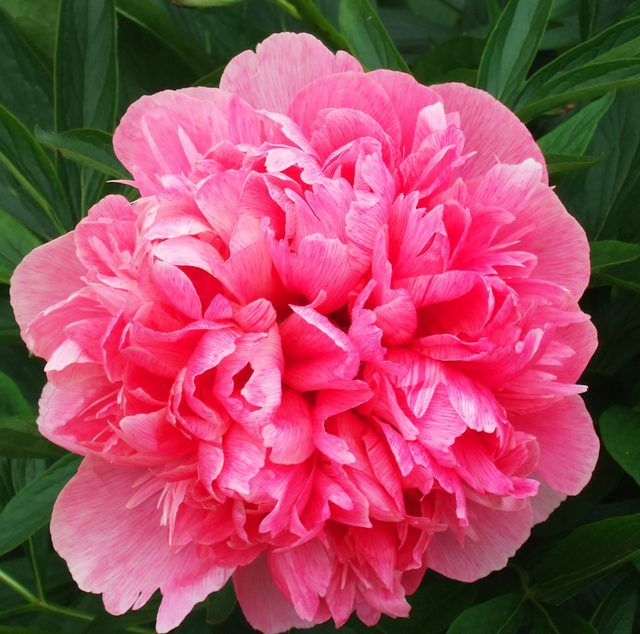Bulbs
Flower Basics
Flower Beds & Specialty Gardens
Flower Garden
Garden Furniture
Garden Gnomes
Garden Seeds
Garden Sheds
Garden Statues
Garden Tools & Supplies
Gardening Basics
Green & Organic
Groundcovers & Vines
Growing Annuals
Growing Basil
Growing Beans
Growing Berries
Growing Blueberries
Growing Cactus
Growing Corn
Growing Cotton
Growing Edibles
Growing Flowers
Growing Garlic
Growing Grapes
Growing Grass
Growing Herbs
Growing Jasmine
Growing Mint
Growing Mushrooms
Orchids
Growing Peanuts
Growing Perennials
Growing Plants
Growing Rosemary
Growing Roses
Growing Strawberries
Growing Sunflowers
Growing Thyme
Growing Tomatoes
Growing Tulips
Growing Vegetables
Herb Basics
Herb Garden
Indoor Growing
Landscaping Basics
Landscaping Patios
Landscaping Plants
Landscaping Shrubs
Landscaping Trees
Landscaping Walks & Pathways
Lawn Basics
Lawn Maintenance
Lawn Mowers
Lawn Ornaments
Lawn Planting
Lawn Tools
Outdoor Growing
Overall Landscape Planning
Pests, Weeds & Problems
Plant Basics
Rock Garden
Rose Garden
Shrubs
Soil
Specialty Gardens
Trees
Vegetable Garden
Yard Maintenance
How to Care for a Rhododendron
How to Care for a Rhododendron. Rhododendrons are flowering evergreen shrubs that are a member of the Ericaceae family, which also includes popular plants such as heathers, cranberries and blueberries. Rhododendrons typically bloom from March through May, and require a slightly acidic soil with a pH of about 4.5 to 5.5. Rhododendrons are a...

Rhododendrons are flowering evergreen shrubs that are a member of the Ericaceae family, which also includes popular plants such as heathers, cranberries and blueberries. Rhododendrons typically bloom from March through May, and require a slightly acidic soil with a pH of about 4.5 to 5.5. Rhododendrons are a beautiful addition to landscaping with their large green leaves and showy flowers, but they also do well in pots.
Things You'll Need
Mulch
Fertilizer
Burlap
Water your rhododendron well, especially during the summer. Rhododendrons have shallow roots and dry out quickly. Never allow the soil to completely dry out.
Mist the foliage when the temperature is above 95 degrees F.
Apply a coarse mulch of organic matter (such as leaves, pine needles or bark). Maintain the mulch all year to conserve moisture for your rhododendron. The soil should be high in organic matter, and well-draining with good aeration.
Fertilize your plant in late winter or early spring with a fertilizer designed for acid-loving plants.
Protect your plant from winds in the winter if you live in a northern climate. Cover the rhododendron with burlap, or some other wind barrier.
Keep your plant in partial shade, especially in hot, dry areas. Otherwise, they should at least receive shade in the afternoon.
Remove flower clusters from large, flowered plants at the end of the blooming season. For smaller, flowered plants, it is not necessary to dead-head, although this may cause the plant to flower less during the next season.